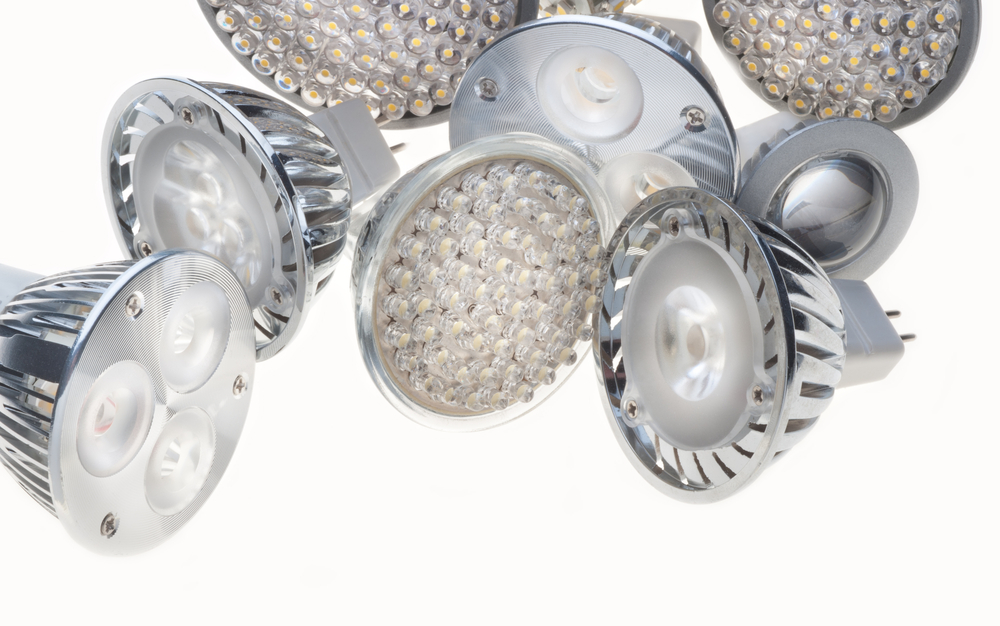Can You Use Any Kind Of Dimmer Switch With LED Lights?


Sometimes, inexpensive lighting options aren’t the best. You might be in the middle of cooking a romantic dinner for your new crush, and as you gently brush the lamb shanks with truffle oil, you notice that the sun has dipped over the horizon and so you switch on the light. The room is jolted into a blazing fluorescent glare and you then eat a meal while thinking that your potential new boyfriend/girlfriend looks quite a few years older than they claim to be.
The convenience of adjusting the brightness of a rooms lighting, whether for mood or otherwise, became possible with the invention of the dimmer switch. While early incarnations of the dimmer switch have been around since 1890, their instability meant that the rooms light might inadvertently change from dim to a flickering blaze, as the dimmer overloaded and the room caught fire. It wasn’t until the early 1960’s that the dimmer as we know it came into existence.
The dimmer switch is designed to be used with traditional halogen light bulbs, and some types of in-home lighting (such as fluorescent) are incompatible with the system. While halogen bulbs are still standard when it comes to home construction, LED lights are becoming increasingly popular due to their low running cost and environmental friendliness. So what about your beloved dimmer switch? Will it still work if you make the switch to LED?

While LED lights will seamlessly fit into your existing fixtures, there can be some compatibility issues when it comes to dimmers. While LED lighting can cost significantly more than their halogen counterparts, they can last for more than 9 years and use significantly less electricity than halogen. So for the (rather long) life of the product, LED is good for your bank account, as well as being good for Mother Nature. They’re not always so great if you’ve become attached to the ability to dim your lights as required.
Sure, dimmer switches are fun, and there’s no reason as to why you can’t keep using a dimmer switch once you make the jump to LED. You will find that an older dimmer switch will give you some control over the brightness of LED lights, but since they don’t have a comparable range to halogen bulbs (LED is either on or off), you will find that attempting to use a dimmer to turn down LED will result in no change, and then a brief drop in brightness before darkness. The LED also begins to flicker unpleasantly as you try to regulate its light level.
To effectively use a dimmer switch with LED lighting, you’ll need to invest in a specialized dimming system that will allow you to control the brightness levels. Extensive rewiring is unnecessary, and a dimmer for LED essentially uses Pulse Width Modulation to turn the LED’s on and off, hundreds of times per second, essentially creating the illusion of dimming. Turning LED’s on and off doesn’t decrease their life or use of electricity, as is the case with halogen, and it’s a simple case of installing an extra piece of hardware to make full dimmable use of LED’s.
